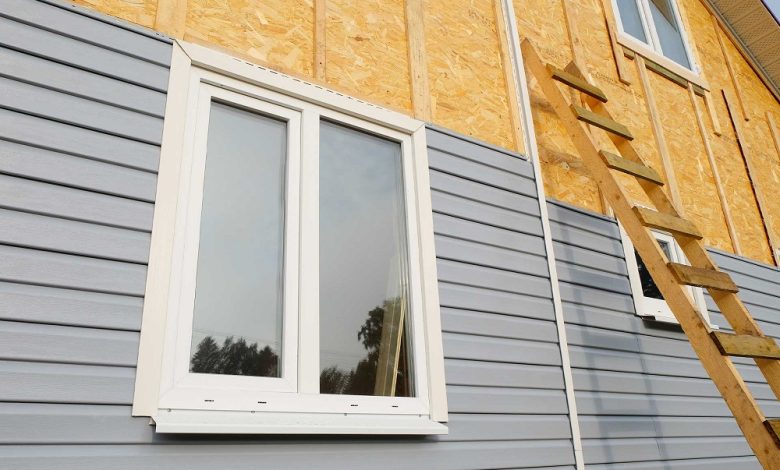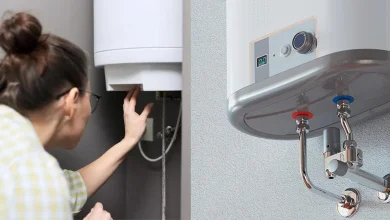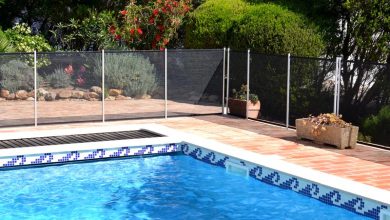Save Time and Money with This Easy-to-Use Cladding Calculator

Cladding projects can feel daunting. Between calculating materials and managing costs, it’s easy to get overwhelmed. However, an easy-to-use cladding calculator can simplify the process and save both time and money. Whether renovating a home or working on a new build, this tool ensures precise estimates, helping avoid costly mistakes.
Why Use a Cladding Calculator?
Accuracy is essential in construction. A cladding calculator eliminates guesswork by providing exact measurements for materials needed. It also reduces wastage by pinpointing how much to order, leaving no room for error. Builders, architects, and homeowners alike benefit from its simplicity and efficiency.
The calculator works by taking basic inputs like wall dimensions, preferred cladding type, and additional requirements. It then generates a clear, detailed breakdown of materials and costs, eliminating the need for manual calculations and streamlining planning.
Key Benefits
Using a cladding calculator isn’t just about convenience—it’s about working smarter.
- Saves Time: Manual calculations can take hours. The calculator delivers results in seconds, allowing users to focus on other tasks.
- Reduces Costs: Accurate estimates mean fewer over-orders and wasted materials. Every penny saved adds up.
- Minimises Errors: Human error is common in manual calculations. The calculator provides precise results, ensuring a smooth workflow.
- Improves Budgeting: With clear cost estimates, staying within budget becomes much easier.
Who Can Benefit?
The versatility of a cladding calculator makes it suitable for a wide range of users:
- Homeowners: Planning a DIY project? The calculator provides clarity, making complex calculations accessible to everyone.
- Contractors: Streamline operations and deliver accurate quotes to clients.
- Architects: Enhance design planning with precise material requirements.
- Suppliers: Offer customers an added layer of support by integrating a calculator on your website.
Tips for Getting the Most Out of Your Cladding Calculator
- Measure Carefully: Ensure all dimensions are accurate before inputting them into the calculator.
- Select the Right Cladding: Different materials have varying costs and coverage areas. Choose options that match your project.
- Review Outputs: Double-check the results to ensure all details align with your needs.
Conclusion
A cladding calculator is a game-changer for anyone tackling a cladding project. By streamlining planning, it saves time, money, and effort while reducing stress. Its user-friendly design ensures precise calculations, helping users avoid common pitfalls in construction.
Take the guesswork out of cladding and embrace a smarter way to plan. Try a cladding calculator today and see the difference it makes to your next project.





